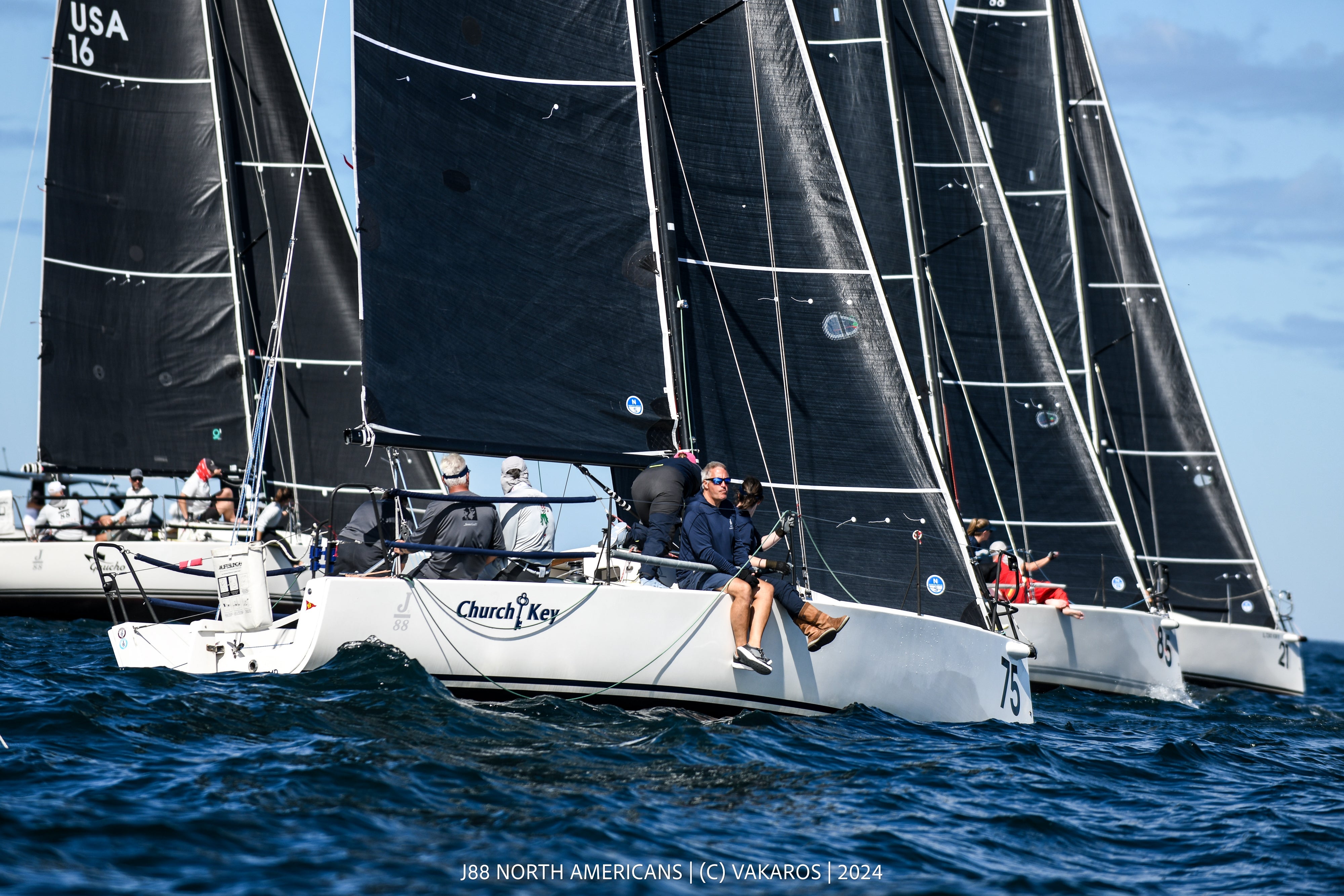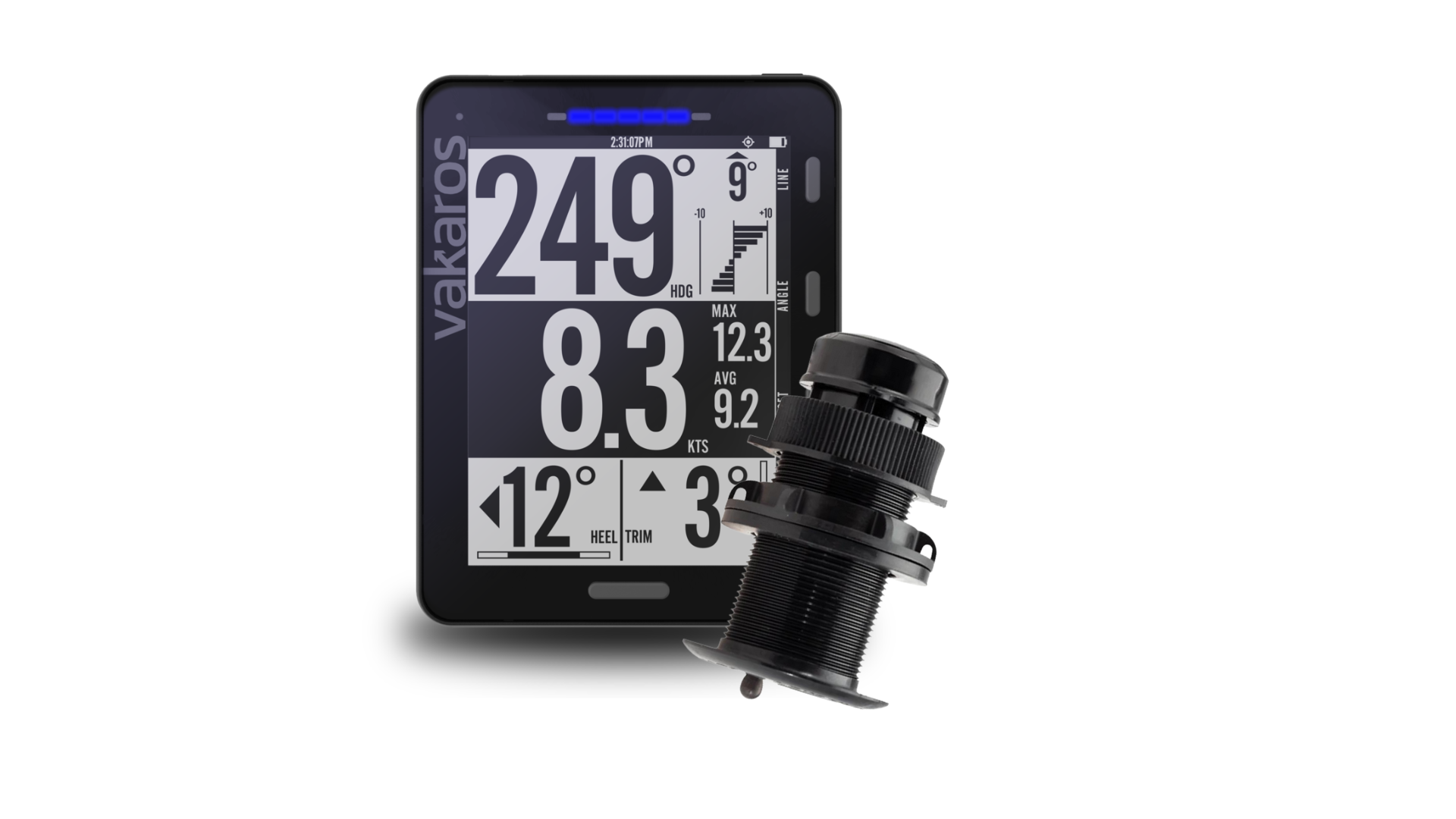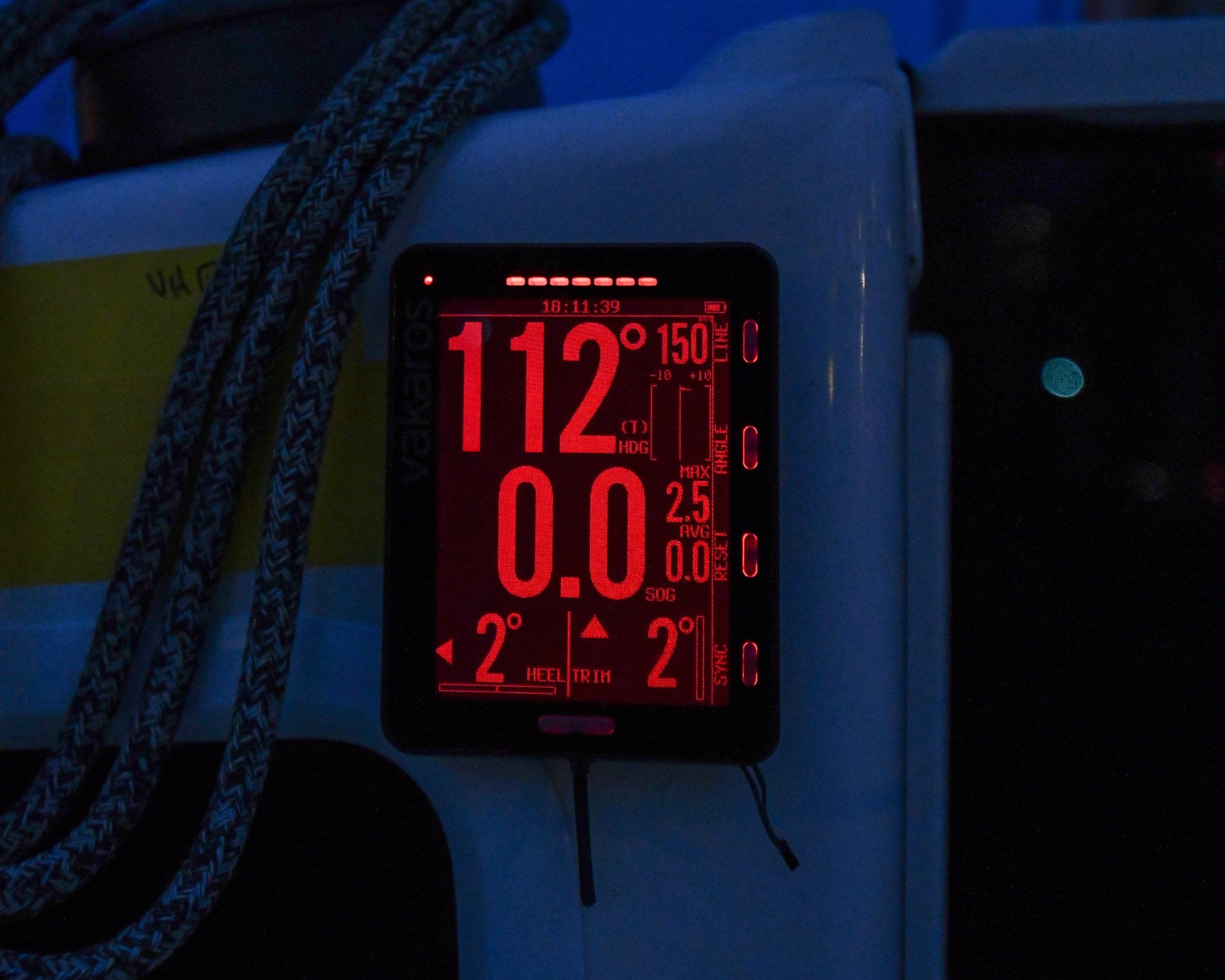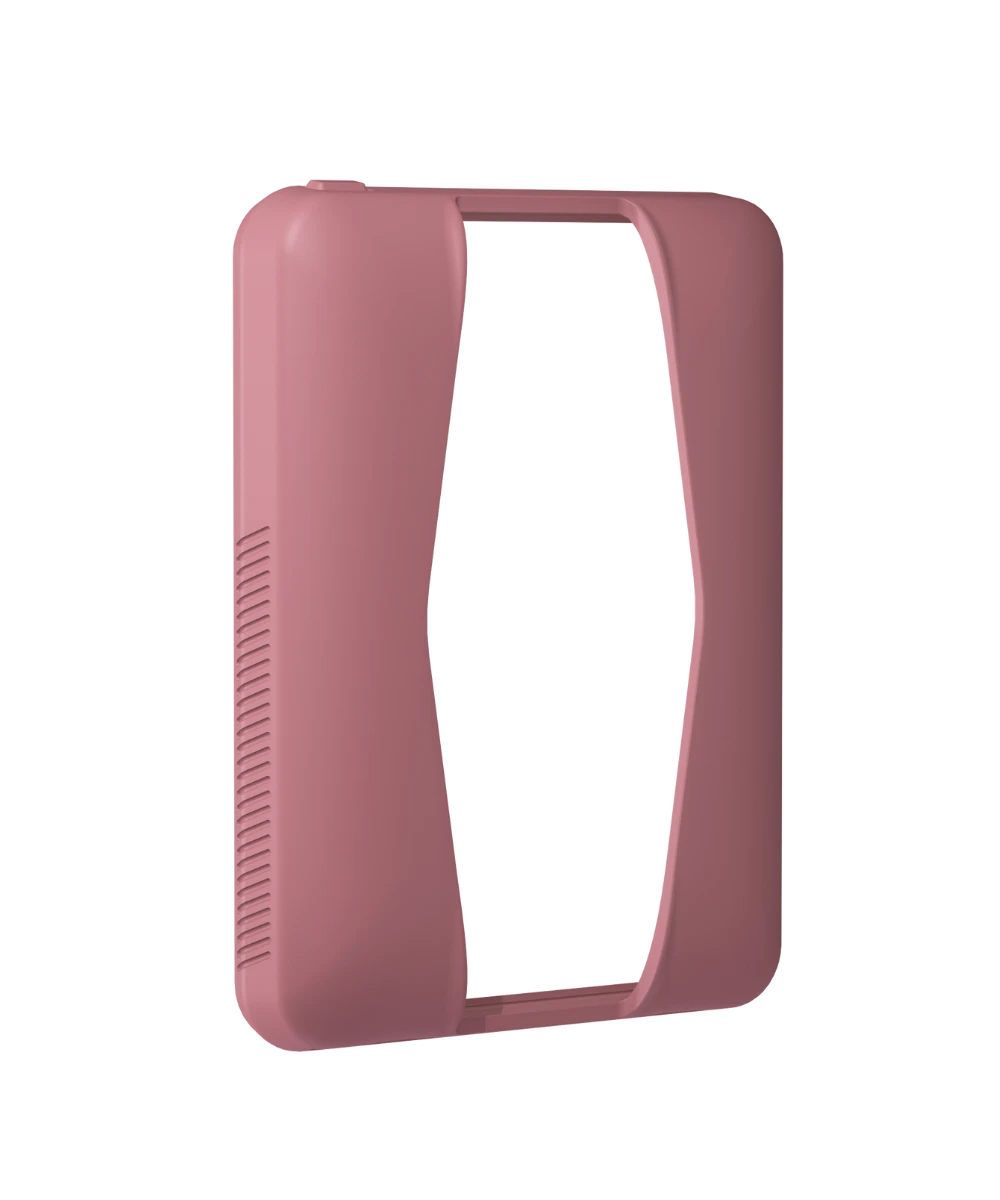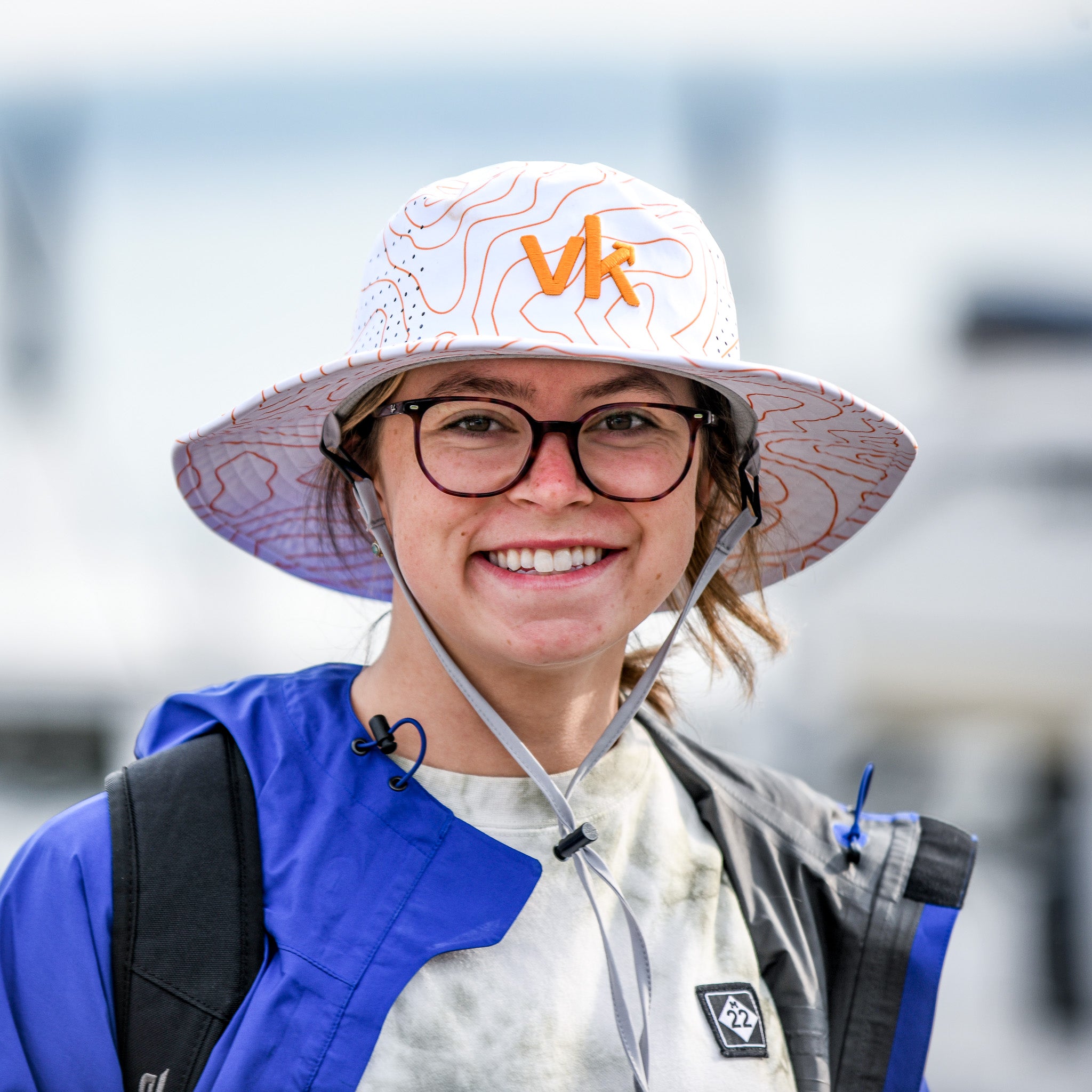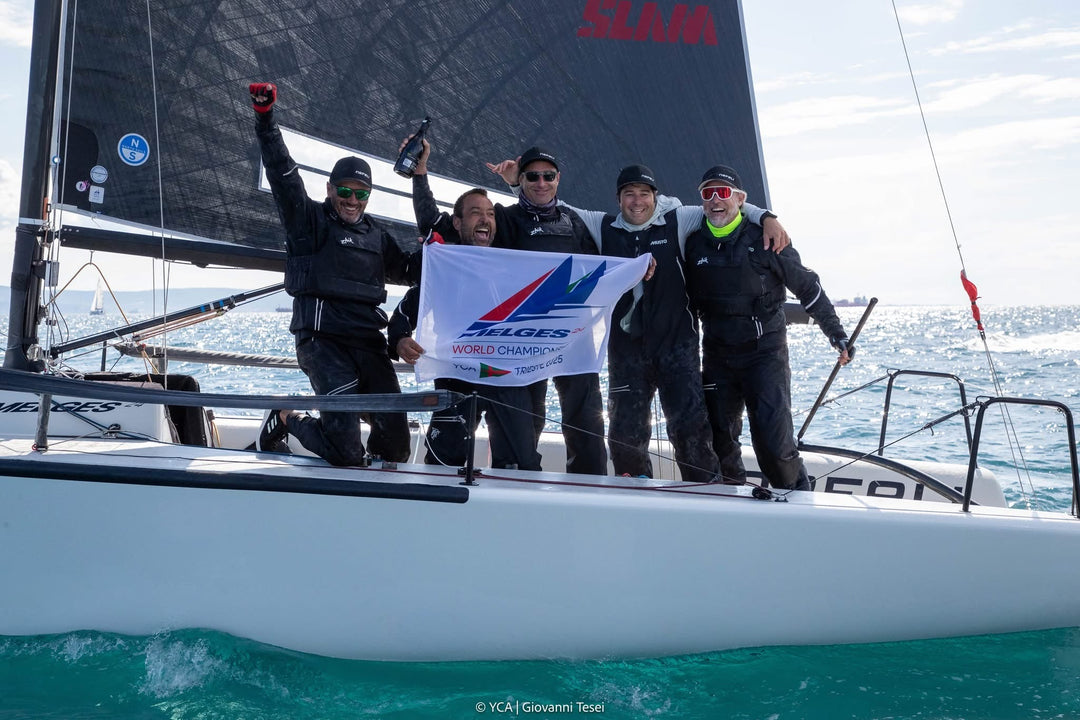The Hattie Rogers interview

Congratulations on your recent win at the Moth World Championships in the
Women’s division! What does this victory mean to you, and how does it compare
to other achievements in your sailing career?
Thank you so much! This one meant a lot to me. It’s my first one in the International Moth class and the Moth Female World title is the one I’ve had my sights set on for quite some time so it feels really good to have done it now. I previously came 2nd female at the unofficial Weymouth Moth Worlds in my Maguire Exocet. After the Puig Women’s America’s Cup finished in Barcelona in October, I spent a week at home and then came straight down to New Zealand. It took a few weeks to get a good feel for the Mackay V3 Bieker but after two months in the boat, I felt competitive with the men for sure. Previously, I won the Female World title in the WASZP, which was the foiling dinghy I learnt how to foil in. Australia in 2023 was a very special event being my first major World title, but the Moth is next level with its reputation in the sailing World.
As a skilled sailor in both the WASZP and Moth classes, how do you adapt your
sailing style and techniques when switching between different types of boats?
The WASZP is such a fantastic boat to get all the basics down and the feel of foiling boats. From there, most technique was transferable to the Moth. The biggest difference was the direction of travel through the boat as the WASZP doesn’t have a deck sweeper, low composite boom or tiller extension that goes behind the boom. The Exocet Moth was a great first Moth to safely learn the differences and get the technique down and was more forgiving than the Bieker with small solid wings. Last November was all about nailing the manoeuvres and finding out the differences, adapting from Exocet to V3 Bieker. After a few weeks, boat handling was getting consistent and my biggest tool for self-assessing and coaching myself was using my Vakaros, Vantage (Nicolai Jacobsen’s new performance tracking app) and my GoPro. By using these three tools, I could adjust my technique appropriately.
You’re a member of the Athena Pathway Women’s Team as a trimmer. Can you
share what it’s like being part of such an innovative and inspiring all-female team in
a highly competitive environment?
We all spent so much time with one another over the course of our time in Barcelona which was about 7 months. We began to understand how each team member liked to work and how they performed under pressure. We spoke a lot about building an environment and tailoring it so that we all could excel as individual sailors. There were quite a few sailors from lots of different backgrounds so we knew that the team would succeed if we drew from everyone’s strengths. I learnt a lot about myself and how to try to bring the best version of myself every day to training and race days. Being part of both the Youth and Women’s America’s Cup teams gave a unique perspective
whereby I could see the different approaches taken, one being an all-female mainly ex
Olympic team, and the other a group of up-and-coming individuals. It was really interesting, and I loved the challenge.

The Moth class is known for its speed and technical challenges. What has been the
most rewarding aspect of racing in this class, and how do you continue to improve
as a sailor in such a dynamic environment?
From an on the water performance point of view, I’d say the most rewarding bit of the Moth Worlds has been when I’ve rolled some of the top male sailors. With huge righting moment differences due to weight, I’ve been surprised at how well in the big breeze I’ve been going. For sure, the top kiwis are in a league of their own, but I’ve certainly felt quick on the gear I’ve chosen and dialled in. I think it’s an exciting time with the Lake Garda Worlds only 6 months away. There’s so much in the Moth class you can do to make the little gains as it’s a development class and within the rules, there’s a lot of scope. I’m enjoying pushing for the 0.1 knot differences and pushing to beat the men in every session I’m out on the water. Now that I know it’s achievable, I’m more motivated than ever for a top 25 overall result in the summer.
You’ve had the opportunity to compete at the highest levels of sailing. What are some of the key lessons you’ve learned along the way, and how do you apply them
in your sailing today?
Self-belief is everything. I’ve certainly had a few people really try to knock my confidence and tell me I can’t do something. It can make you question your ability and how you approach things, and that’s natural but ever since I was little, whenever I’ve had my mind set on something or a goal, it has had my undivided attention and I’m all in. I won’t stop until I’ve given everything possible to make it reality.

You’ve used our instrumentation during your races. How has it helped with your performance on the water, and in what ways has the technology influenced your
approach to sailing?
Speed is everything, if you’re going slow, particularly for me being light it just means I’m not competitive. Like in any boat really but particularly in the Moth as when you go slow, it can be a few knots not 0.1 or 0.2 of a knot. The margin opens up pretty quickly. Therefore, it’s vital to have my speed visible when I’m sailing, and I use it to just check in with. Having sailed the AC40 and having all the data right in front of us and at our fingertips, literally, I think I brought that more into my moth sailing and I’m pretty disciplined with when I do check in. ‘Feel’ is such a big factor in these boats, but the numbers, being hard cold facts, keep me honest.
The post processing is different. That’s when heel, accelerations, turn rate etc etc come in but when I’m sailing just keeping it simple with SOG is useful.
Looking ahead, what are your goals for the next few years in both the Moth class
and beyond? Are there any specific events or challenges you’re particularly excited
about?
Short term, the next Moth World Championships in Lake Garda where I hope to defend my Moth Female World Title and be in the top 25 overall. I was pretty gutted when a few of us found a failure in our main foil flap during the New Zealand Worlds. It was tricky to spot, but hopefully when my foils are working properly, I can go a bit quicker downwind!
Longer term, I’d like to win the Women’s America’s Cup, America’s Cup and SailGP events and basically keep foiling at a World class level competing against the men on equal terms. I truly believe that given the time and the same opportunity, the playing field will even.





